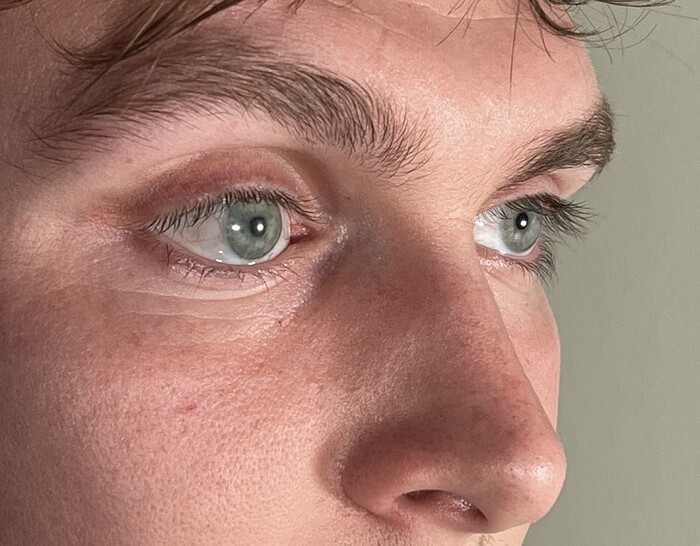Customized ocular prosthetics with a more realistic and natural appearance, practically indistinguishable from the healthy eye, have been obtained thanks to a new simple and fast 3D printing technique.
The result is published in the journal Nature Communications by the international research group led by Johann Reinhard, from the Fraunhofer Institute for Computer Graphics Research in Darmstad, Germany.
It is estimated that there are approximately 8 million people worldwide who wear a prosthetic eye, the appearance of which is crucial to the wearer's psychological acceptance.
Current production methods, however, require long and complex manual work of at least eight hours to obtain a customized prosthesis, with results of variable quality.
To solve this problem, the team led by Reinhard has developed a new digital technique which completely automatically allows the ocular prosthesis to be modeled in a personalized way based on the scan of the patient's ocular orbit and healthy eye (made using coherent radiation optical tomography, Oct).
The color images are used to produce a three-dimensional color and textured model, made with a multi-material 3D printer.
Printing for a single prosthesis takes approximately 90 minutes, while within 10 hours it is possible to print 100 prostheses simultaneously.
The researchers were able to faithfully reproduce the color and anatomy of the healthy eye, in particular the color, size and structure of the iris and the appearance of the outer white layer of the eyeball, the sclera.
Aside from some minor final adjustments to the prosthesis, this new approach requires five times less work than traditional processes and results in more reproducible results.
The researchers estimate that the new digital technique could be applied to nearly 80% of patients who need a prosthetic eye.
Its further development could allow the creation of prostheses also for children, who were previously excluded.
3D printed prosthetics using this technique are currently being tested in a clinical trial at Moorfields Eye Hospital NHS Foundation Trust in the UK.
Reproduction reserved © Copyright ANSA

